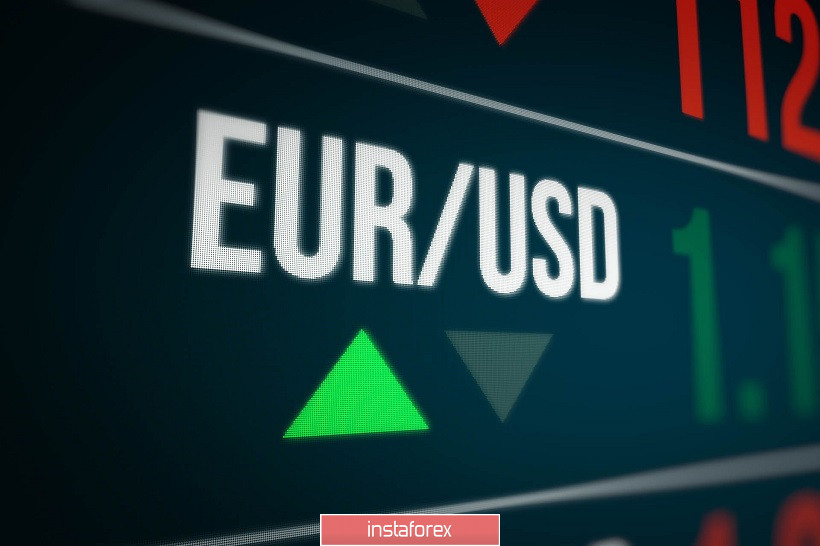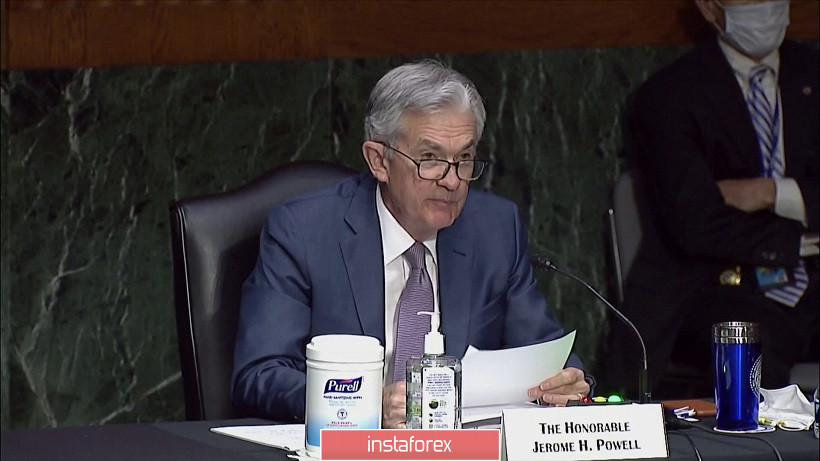During today's Asian session, the US dollar index dropped to 90th mark for the first time since March 2018. The downward trend has been recorded since early October, when the demand for anti-risk instruments noticeably declined. The safe dollar played its role and was left alone with its fundamental problems. Now, the central banks of the world's leading countries are thinking over how to stop the revaluation of national currencies amid the dollar's widespread weakening. At the same time, an undervalued dollar is beneficial to the US economy, so the Fed is calmly watching it decline, and even provokes it in the form of its soft rhetoric.
If we talk about the immediate reasons for the dollar's devaluation, then they can be roughly divided into two categories: First, it is due to the COVID-19 factor. Second, the slowdown in the US economy, political uncertainty, and Fed's dovish statements.

Initially, it should be noted that the market is still growing interest in risky assets. Traders have high hopes for the coronavirus vaccine: several major pharmacological companies are ready to start mass vaccine production at once. For example, it became known yesterday that the UK became the first country in the world to approve a COVID-19 vaccine (Pfizer/BioNTech) for widespread use. In a few days, mass vaccinations will begin in this country. In addition, Moderna and AstraZeneca's vaccines are also in progress. In the European Union, pharmacologists expect a go signal from the regulator – all applications of this kind will be considered urgently, so vaccination may become available for EU countries in the coming weeks.
This emerging positive factor provides significant support to the European currency, while the US currency remained unchanged. And even if the reports of vaccination (which, of course, will not solve the COVID-19 issue overnight) will be ignored, there are still certain positive trends in the Eurozone.
Last week, the World Health Organization recorded a decline in new detected cases of COVID-19 for the first time since September. This is initially due to the decline in the number of cases in Europe. In turn, the European Center for Disease Prevention and Control said that the epidemic curve in the European Union is either flattening or declining.
It was known that almost all European countries announced national lockdowns in early November. In particular, the work of public catering was limited, educational institutions were closed. In some states (for example, in France), a curfew was even introduced. The result came immediately. At the moment, we can talk about positive trends. The daily rise in the number of cases in countries such as Spain, France, Belgium has declined thrice. Britain and Italy also recorded a decline by one and a half times, while in Germany, the dynamics have stabilized.
On the contrary, there were almost 200 thousand new patients with COVID-19 in the US a day ago and 189 thousand yesterday. The most difficult situation is in Texas, California and Florida. It is noteworthy that the United States is also preparing for mass vaccinations, but the USD bulls ignore this fact, as they look back at the dynamics of macroeconomic indicators and Mr. Powell's dovish statements.
Nevertheless, the Fed's head, while talking in the Lower House of the US Congress yesterday, assured the congressmen that the regulator is not going to abandon its bond purchase program, even if the US economy shows growth in the first half of 2021. Moreover, he expressed his readiness to expand QE, if necessary. The issue of raising the interest rate is completely closed, considering Fed's new strategy. It should be recalled that the regulator is now ready to allow 2% inflation. However, it is too early to talk about this yet – US inflation is showing negative dynamics, and judging by indirect indicators, the downward dynamics will continue. Mr. Powell also admitted that the pace of economic growth has slowed recently and the outlook remains highly uncertain. In particular, the labor market, which has been strengthening for several months, has slowed down. He noted that millions of Americans remain unemployed and low-income groups have been particularly affected.
As for the future prospects, Mr. Powell said that the US economy can only fully recover if people are convinced that they can safely conduct economic activities. This will happen in the second half of next year based on his forecast.

Such rhetoric weakened the US dollar more, especially amid the decline in key macroeconomic indicators (inflation, Nonfarms, retail sales). The growing twin deficits (budget and balance of payments deficits) in the US also adds pressure to the dollar. Lastly, we have the political uncertainty, in particular, the failure of congressmen to agree on a new stimulus package. The negotiations, which lasted more than half a year, did not lead to anything, despite loud statements from both the Republicans and the Democrats.
Given this fundamental background, we can assume that the dollar index will continue to decline. If we talk about the prospects for the EUR/USD pair, then it is necessary to wait for a correctional pullback. Yesterday, the bears tried to take the lead, but the price growth only slowed down. Such sharp impulsive movements are usually followed by a correction, the depth of which determines the growth of the upward trend.
Thus, if buyers keep the price above the level of 1.2050, then we can talk about the medium-term prospects for reaching the level of 1.22. It is expected that the strong Euro will become a target for the ECB – especially given the recent release of data on the growth of the European inflation (total consumer price index is negative for four consecutive months). If the single currency withstands ECB's verbal blow and does not go below 1.2050, then it will only be a matter of time before it reaches the level of 1.2200.





















